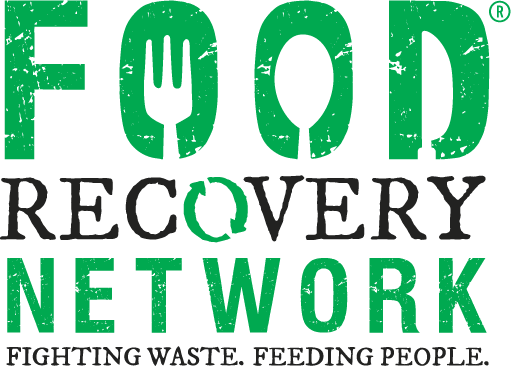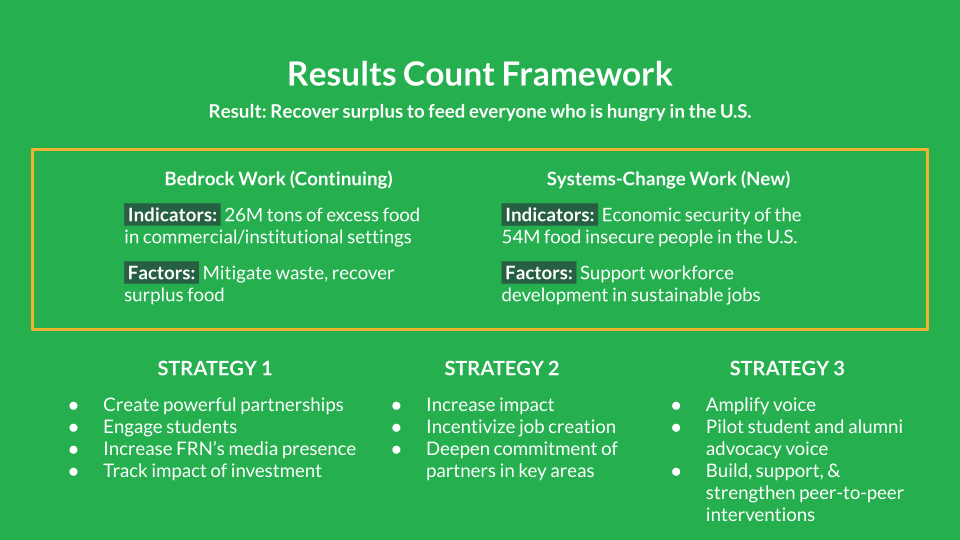This year we asked our Food Recovery Verified Chefs to share their favorite low-waste recipes with the network, and we are delighted to present Chef Cody Rodger’s recipe for a Ramen Bowl*, which was served at Colorado College this spring.
*Please note this recipe is intended to serve a large crowd and students may not have access to the necessary equipment or ingredients to make this at home. For students and other home chefs, we’ve found a few alternative Ramen recipes that are easily prepared at home. See note below.
About the Dish:
“We strive to be sustainable by working with local farms, using fresh seasonal produce, using all scraps possible to make our own in house stock, and working with students and local food recovery systems to minimize waste. Our future depends on it. The broth for this recipe was a house-made stock (as ours always is) that utilized a lot of product that would often be discarded in other kitchens.” said Tyler Dexter, Operations Manager, Bon Appétit at Colorado College
Let’s get cooking:
Broth Recipe
Ingredients: yield 10 gallons
40 pounds chicken carcasses
40 pounds chicken feet
15 pounds onions, quartered with the skins left on
6 bunches celery, rough chopped 1 inch in size using all of the celery (wash well)
5 pounds ginger, rough chopped with skin left on (wash well)
5 pounds whole garlic bulbs, skin left on (washed well)
15 each bay leaves
1 pound cilantro
1 cup black peppercorns
30 gallons water
Directions:
Place all the ingredients into the steam kettle, fill a large pot all the way until you are six inches from the top with the 30 gallons of water. Turn the kettle on all the way to 8 (med-high) and bring the water to a boil, immediately cut to a simmer, and cook for another six hours, strain into two Lexans, label, date, and store.
Choose how you want to top your ramen noodles: chashu pork, scallion, fish cake, marinated egg, bok choy, nori, wonton skins, potato, burdock root, carrot, turnip, and tofu.
Alternative Recipes for the Home Chef:
This recipe from Pinch of Yum provides a great foundation for a vegan/vegetarian Ramen bowl when you use vegetable broth as your base. If you enjoy meat-based Ramen, check out The Kitchn’s recipe for Chicken Ramen. If you enjoy a challenge and have a free weekend, try your hand at making Delish’s Shoyu Ramen.
Did you make one of these recipes? Let us know! Tag FRN on social media with your final creation @foodrecovery. We can’t wait to see what you’ve cooked up!
About Colorado College:
Colorado College has been Food Recovery Verified for four years. Since 2017, Colorado College staff have consistently donated their surplus food to Food is Power (formerly Colorado Springs Food Rescue), an organization dedicated to cultivating a healthy, equitable food system in the greater Colorado Springs community, and The Place, which provides crucial support to youth in Colorado Springs. On behalf of the team at FRN National, we thank Chef Cody and his team for their continued commitment to reducing food waste, fighting climate change, and supporting their community by donating surplus food.
About Food Recovery Verified
Food Recovery Verified (FRV) is a program offered by Food Recovery Network (FRN) to help businesses safely donate their surplus food. Businesses and events that donate their surplus food can be recognized for their commitment to sustainability by applying for Food Recovery Verification. If you are interested in learning more about the FRV program, please contact our team at foodrecoveryverified@foodrecoverynetwork.org. We’d love to help you start a food recovery and donation program!













